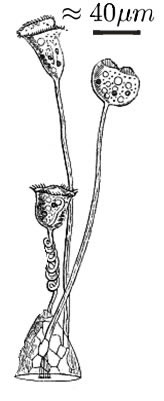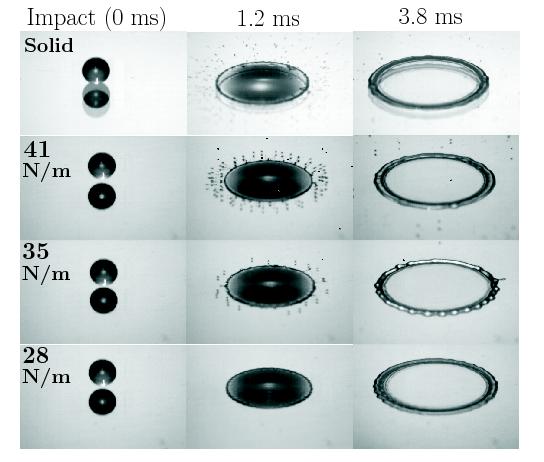
Miller Institude Research Fellow
Departments of Integrative Biology and
Civil and Environmental Engineering
University of California at Berkeley
| Home |
| Teaching |
| Research Interests |
| Publications |
| CV |
| Personal |
| Koehl Lab |
| Research Interests | ||
Marine larvae in turbulence: The larvae of many sessile marine organisms are relased
in to the ocean flow in order to settle in a new location. It is
essential for species survival that these larvae find and settle in
appropriate locations. Marine larvae are also part of a larger
class of organisms that must navigate turbulent flows to move, feed,
and reproduce. However, the locomotion of most organisms has
primarily been studied in stationary fluid. In contrast, for
turbulent flows, the velocity at one location varies rapidly in time,
and neighboring parcels of fluid move at different velocities, an
effect called shear. Natural marine flows are turbulent, and
without understanding the shear flows organisms experience, it is
difficult to understand their dispersion, migration, settlement, and
community growth. To elucidate the physics behind this complex
biology, I am fitting flows previously measured in the natural
environment of the larvae to models of turbulence. I will then
measure the active and passive responses of marine larvae to
time-varying shears based on these natural flows by observing both live
and cold-killed larvae in controlled shear. Finally, I will use
computational and analytic modeling to determine the forces larvae
experience in natural flow fields in order to understand the larval
response to time-varying shear. Multiple species of larvae will
be investigated to determine the effect of size and swimming
speed.
Education research: My postdoctoral education research focused on the research-based transformation of upper-division physics classes and the student misconceptions and difficulties associated with this upper-level material. I worked to elucidate the misconceptions and learning difficulties in junior-level Electricity and Magnetism and sophomore-level Classical Mechanics/Math Methods by observing lecture and homework help sessions, performing student interviews, and analyzing student exams. I also worked to transform these courses to bring them in line with recent physics education research on effective pedagogical strategies. I ran a weekly tutorial session, which centers on small-group problem solving. I also designed and refine the materials used in both the tutorial and the course as a whole. I assessed the efficacy of the tutorial in enhancing learning by designing and administering tutorial pre-tests and post-tests. I am also validated a conceptual post-test to assess conceptual understand of junior-level Electricity and Magnetism and created a conceptual post-test for Classical Mechanics/Math Methods.
Flow around Vorticella:
Understanding liquid on solid splashing:
|
||

